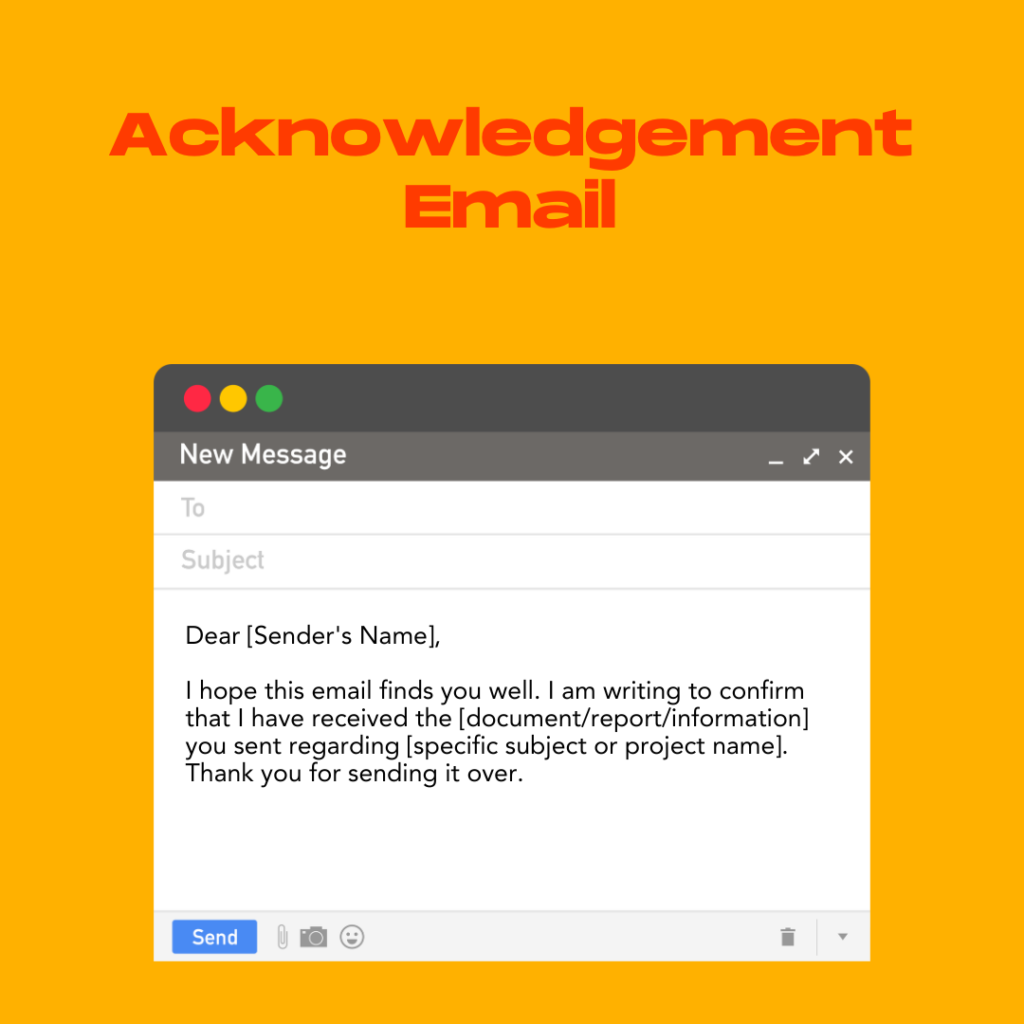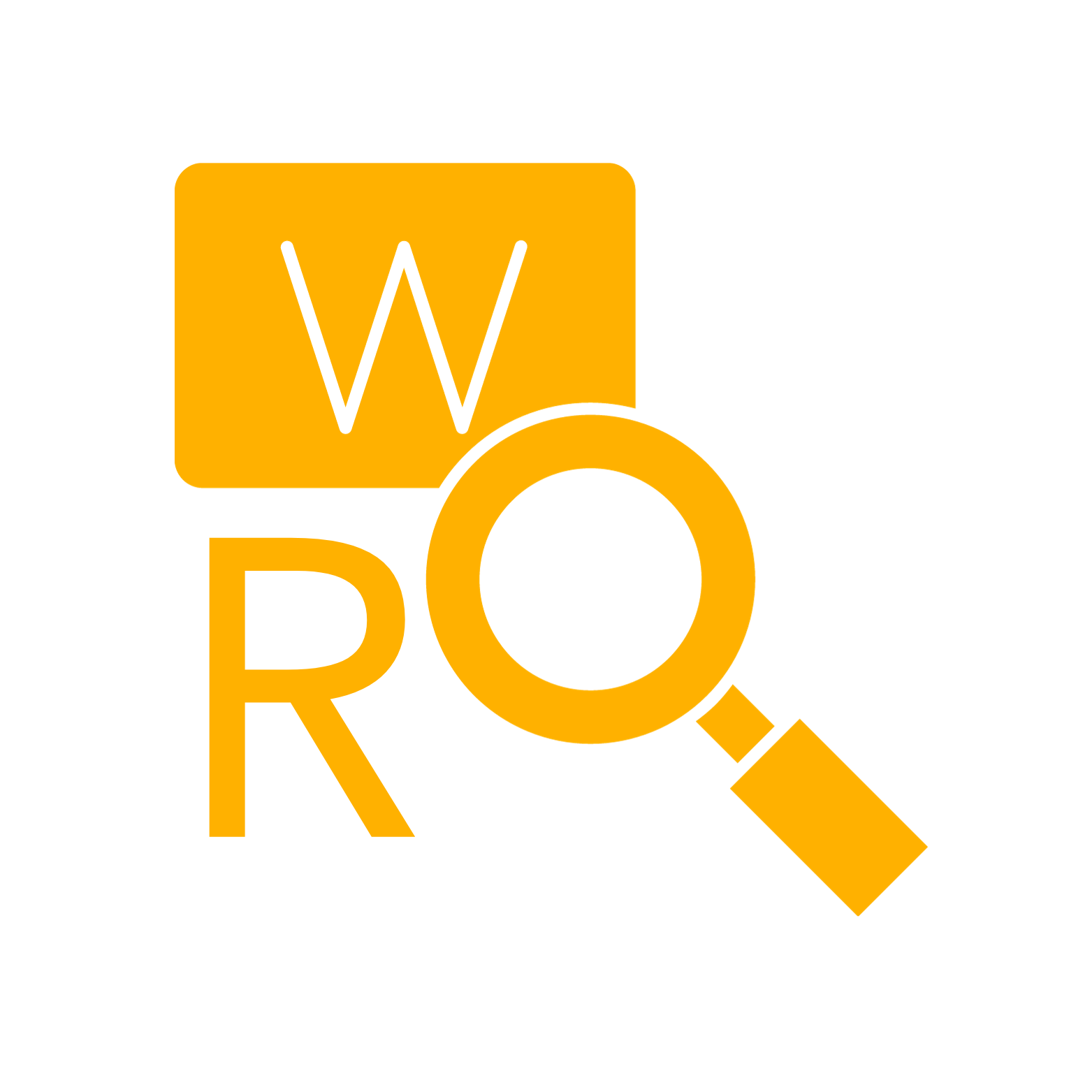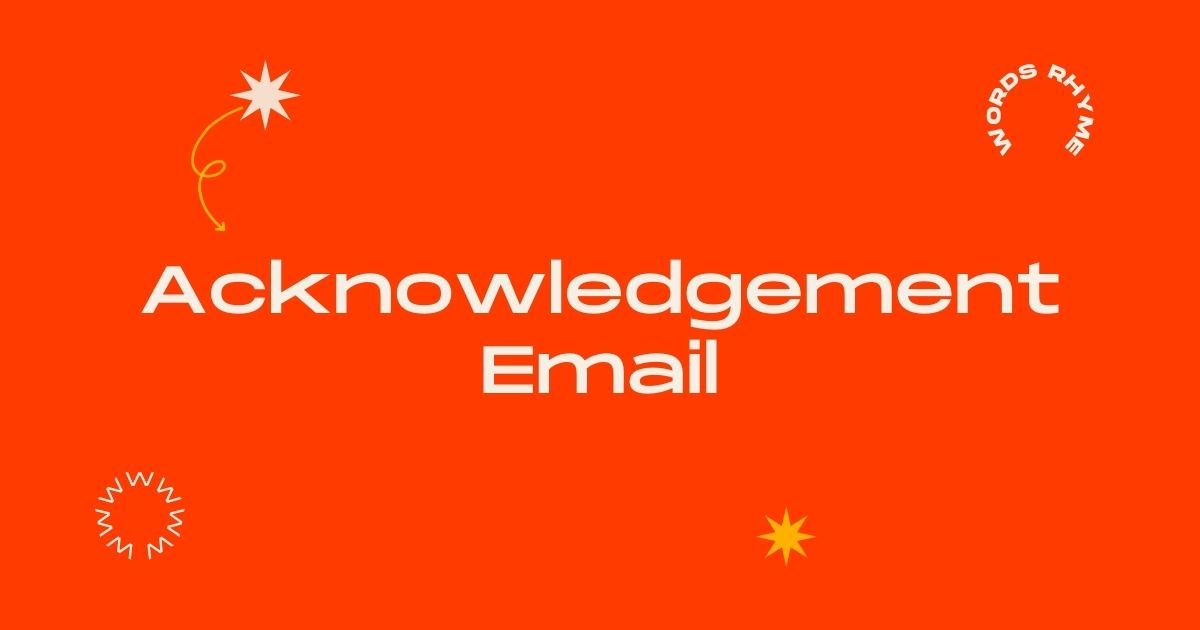Yes, we all know the tiny satisfaction we get when we receive the immediate “your email has been received” response. That’s an acknowledgement email for you. acknowledgement emails might not be the main characters in the thrilling world of electronic communication, but they sure are the dependable sidekicks, making sure no one ever gets away without feeling heard and valued. So, let’s zoom in on these unsung heroes, shall we?
Table of Contents
What is an Acknowledgement Email?
First, perhaps we should go for ground-level expertise. Well, an acknowledgement email is but an electronic acknowledgement, a plain way of saying “hey, I got your message and I’m on it!”. It is the little head tilt, a little nod during personal communication. Clean, crisp and rather effective at keeping communication lines open and polite!

Crafting an Acknowledgement Email
Crafting an acknowledgement email might seem like a walk in the park, but there is an art to it. The trick is to be right in the middle of being short and being warm. Too short and you might come off as sterile, too long and well, there are other more insightful and less grandiose messages to attend to.
- Be Prompt: The beauty of an acknowledgement email lies in its swiftness. Try to send it as soon as you’ve received an email. It tells the sender that you’re important and their message is important to you.
- Be Personal: Is there a person behind that email? Throw in a personal touch. So instead of the bland “Dear Customer” or “Dear Sir/Madam”, it should be “Hello [Name],”.
- Be Precise: Let the person know if you’re on it. If you’re not, what could be the delay? What’s going to happen next?
Why Acknowledge Anyway?
You might wonder, why bother sending an email just to say you got an email? Well, let’s sprinkle some facts here. In the vast ocean of digital communication, acknowledgement emails are the buoys that keep information from getting lost at sea.
- Builds Trust and Transparency: When you acknowledge an email, you’re telling the sender, “I respect your time and your message.”
- Reduces Anxiety: Ever sent a super important email — the one that could change your life — and then spent the next two hours (days?) wondering if it ended up in the spam folder? acknowledgement emails are life savers.
- Keeps the Wheel Spinning: They keep the communication cycle snappy. No follow-ups and no unwanted relationship with the email ping-pong ball.
The Anatomy of an Ideal Acknowledgement Email
Let’s dissect an ideal email. It’s not rocket science, but it does have some essential elements.
| Element | Purpose | Example |
| Greeting | Sets a warm, professional tone | “Hello [Name],” |
| acknowledgement | Confirms the receipt of the message or order | “We’ve received your email about…” |
| Status Update/Info | Provides clarity on what will happen next | “Our team is looking into this and…” |
| Additional Information | Gives extra details if necessary, like expected wait times or further steps needed | “You can expect a reply by…” |
| Closing | Ends the email on a friendly, positive note | “Best regards, [Your Name]” |
Sprinkle Your Acknowledgement Email with Personality
While the structure is important, don’t forget to sprinkle your acknowledgement email with a dash of personality. A touch of humor, if appropriate, or a friendly tone can turn a robotic response into a pleasant interaction. Remember, behind every email is a human with a personality.
Acknowledgement Email Sample
Here are 3 samples of Acknowledgement email:
Example 1: The Corporate Professional
Subject: Re: Your Inquiry [Subject/Reference Number]
Dear [Recipient’s Name],
Thank you for your email. Your inquiry about [specific subject] is received and under review. We will provide a detailed response by [specific time frame or date].
Kind regards,
[Your Name]
[Your Position]
Example 2: The Creative Casual
Subject: 🌟 Received: [Subject]! 🌟
Hey [Recipient’s Name],
Got your note about [specific subject]! We’re on it and you’ll hear back by [specific time frame or date]. Stay tuned!
Cheers,
[Your Name]
[Your Job Title]
Example 3: The Empathetic and Sensible
Subject: Your [Subject] – We Are Here for You
Dear [Recipient’s Name],
Thank you for reaching out. We understand the importance of your message and are reviewing your concerns. Expect a thoughtful response by [specific time frame or date].
Warm regards,
[Your Name]
[Your Position]
Frequently Asked Questions
How quickly should I send an acknowledgement email?
As soon as possible! The golden rule is within 24 hours. Quick acknowledgements show professionalism and respect for the sender’s time.
Is it necessary to send an acknowledgement for every email?
Not for every single one. Routine, back-and-forth emails don’t need acknowledgement. However, for first-time communications, complaints, orders, or when explicitly requested, an acknowledgement email is highly recommended.
Should acknowledgement emails be formal?
It depends on your audience and company culture. For corporate settings, lean towards formal. In creative or informal industries, a casual tone is acceptable. When in doubt, it’s safer to err on the side of formality.
Can acknowledgement emails be automated?
Yes, automated responses are common, especially for confirming orders or support tickets. However, try to personalize them whenever possible to add a human touch.
Conclusion
In conclusion, don’t take a well-crafted email for granted. This seemingly small courtesy can make a huge impact on the overall quality of communication. By acknowledging promptly, adding personalization, and being concise, you’re not just responding to correspondence. You’re constructing a solid, trustworthy bridge over the river of digital chatter. So the next time you shoot off that acknowledgement email, remember: you’re tossing just a little bit more helpfulness and positivity into the vast digital ether. Keep up the professional attitude!


